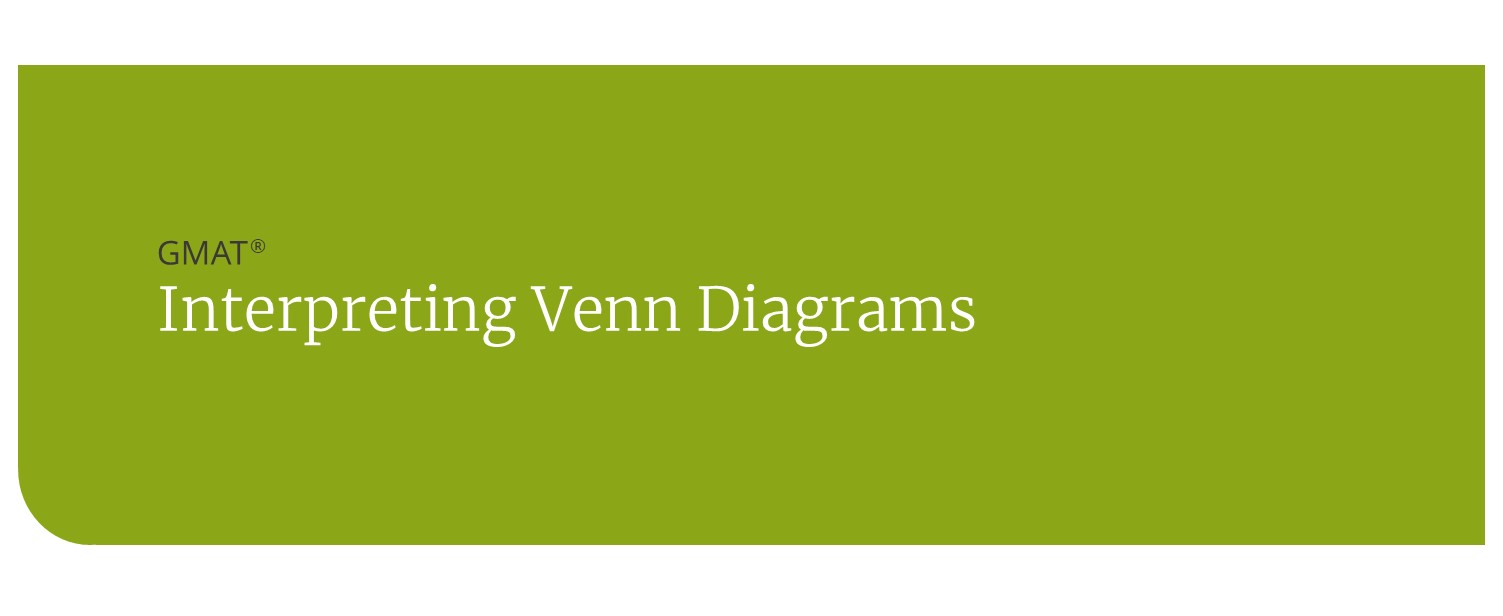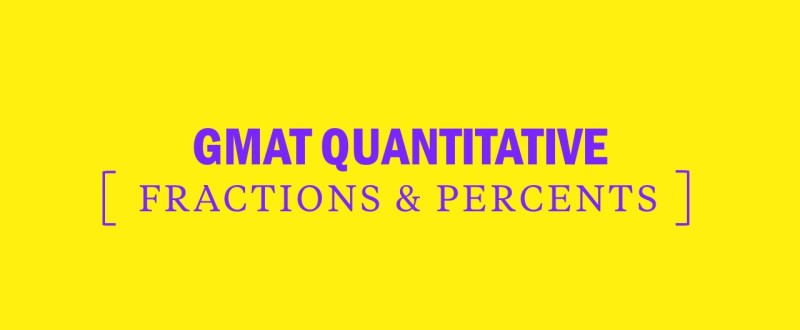GMAT Data Insights: How to Interpret a Venn Diagram
In GMAT Data Insights, Graphics Interpretation questions will present you with a piece of data in the form of a graph, Venn diagram, scatter plot, etc. Below will be two statements, each with a missing portion. You will be asked to answer by choosing one of four choices presented in a drop-down menu.
So, what is a Venn diagram? And how can we apply our knowledge of set theory to the Data Insights section?
A Venn diagram is a graphic that represents mathematical or logical sets as circles or closed curves representing areas of overlap among the circles.
You will also face problems that contain overlapping sets of data that can be answered by drawing a Venn diagram.
To use a Venn diagram to answer a GMAT question, figure out how many times you’ve counted each section of the Venn diagram, and set up an equation so that every part of it is only counted once.
Some students like to draw little hash marks in the sections of the Venn diagram to show how many times it has been counted, and then cross them off as they subtract overlaps to get their answer.
One thing you can do to improve your ability to use Venn diagrams to answer overlapping sets on the GMAT is to build your own sets for practice. Once you understand how to come up with a three-group overlapping set, you’ll be able to deconstruct the numbers better on the actual GMAT.



